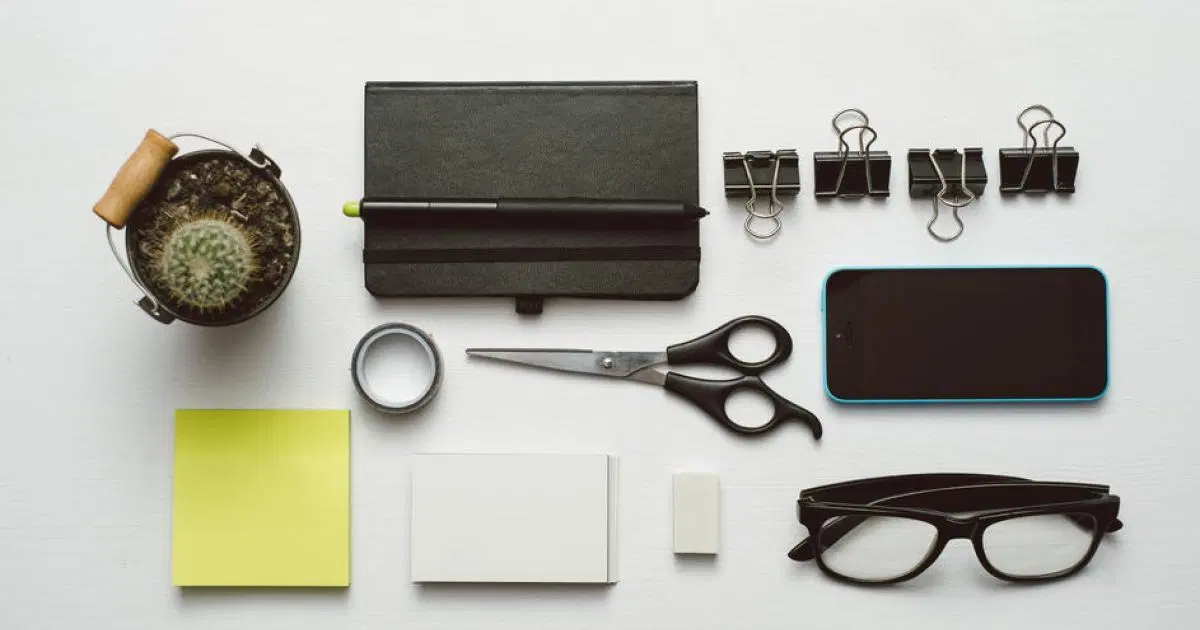The best time to plant a tree was 20 years ago.
The second best time is today.
The same is true for debt: the sooner you start making progress to pay it off or down, the easier and less costly it will be. The trouble for most is taking that first step. It’s an overwhelming reality to face for many.
Take the first step
To gain your financial freedom and living without credit card debt, you first have to know where you stand. To get a full picture of all of your debts, organize a list of all of your debts by writing down a list with these column headers:
If all of your accounts are linked to Mint, you can pull most of this data from the accounts page. It can also be a good idea to run a credit report to make sure all outstanding accounts are captured. Now you have a working document to help organize your debt pay off strategy.
It’s a good idea to take a detailed look through the credit report to make sure that all debt listed is yours. If anything listed belongs to someone else or if you don’t recognize an account, you need to take action. It’s possible that a credit card was opened in your name without your consent. In this case, you should reach out to the debt collector, original credit issuer or the credit-reporting agency (Equifax, Experian or TransUnion). Don’t let too much time go by without addressing it—remember, you’re planting your tree now!
Advertisement
Read: “6 Best Ways to Get Out of Debt and Achieve Financial Zen” to start on the path to a debt-free life.
Yes, you can do this
So I said facing the reality of debts can be overwhelming, this is when it can really set it. Once you have a total view of debts. Don’t be discouraged! Nobody likes the number they see in Step 1. Instead, give yourself some credit; you have accomplished one of the hardest aspects of this journey: knowing the extent of your debt.
Asking questions might help more than you think
Step 2 is to see if you have any debts where you can reduce the outstanding amount due. For example, do you have any medical debts? Many times, hospitals will allow you to negotiate down the total balance, but you may have to agree to a payment plan. Keep in mind, this method does not usually work for credit cards or mortgages. But for other types of debt, it might be worth looking into!
If you have a large amount of student loan debt, you may want to investigate the public student loan forgiveness program. To qualify, you must either work for the government, a 501c3 non-profit or certain other non-profits that provide qualifying public service.
Get those interest rates down
After looking into reducing the balance on your debts, Step 3 is to reduce your interest rates. Call your debtors and ask about lowering your interest rates – even your credit cards. If you have been making payments on time, you have a good shot at getting it lowered. If that doesn’t work, it might be time to look into refinancing. You may be able to attain a lower interest rate by taking out a personal loan. The benefit here is you can consolidate all of your debt into one loan (and one monthly payment) and reduce your total % of credit usage. This can benefit your credit score as well as lower your interest rate. If you go this route, be really honest with yourself. Do you need to store your cards where you can’t get them to avoid getting back into the same situation? Remember, credit cards are not the same as cash.
A short-term option, but be careful
If you don’t want to get a personal loan, another option could be to open a new credit card with a 0% introductory interest rate and transferring your balance. Be extremely wary with these options and make sure to read the fine print. There can be other fees that are not readily apparent and could offset any difference in interest rate. Consider the total cost of the option compared to the total cost for paying off your debt without a transfer or personal loan. Also, be realistic with yourself: can you really pay off the full balance before the introductory rate runs out?
You have to be certain.
You are on your way
Great work taking these steps so far. Now that you have organized everything and taken a realistic look at your situation, it’s time to update you debt list and formulate a payoff strategy. There are a few different ways experts recommend doing this which we’ll outline in an upcoming blog post.
John Agate is a senior marketing manager at Mint, specifically focusing on hunting down the best credit card offers available. He spends his spare time snowboarding, emulating John C. Bogle, and watching Game of Thrones. If he could go anywhere in the world, they would need to have high speed internet.

Comment